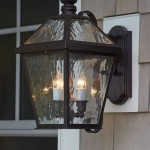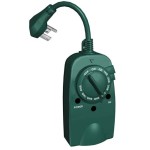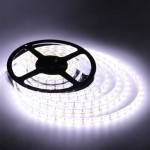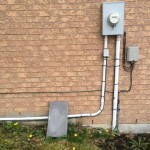Essential Aspects of Running Outdoor Power
Running outdoor power involves extending electrical power from a building or source to an outdoor location to power electrical devices and appliances. This can be necessary for various applications such as powering tools, lighting, and pumps in remote or outdoor areas. Here are the essential aspects to consider when running outdoor power:
Safety First:
Electrical work can be dangerous, so safety should be the top priority. Ensure the power source is disconnected before making any connections or repairs. Use proper wiring techniques, including appropriate wire gauges and circuit protection. Install Ground Fault Circuit Interrupters (GFCIs) to prevent electrical shocks due to ground faults.
Determine Power Requirements:
Calculate the total power consumption of all devices and appliances that will be connected to the outdoor power. This will determine the appropriate wire gauge and circuit breaker size needed. Consider future expansion or additional power needs when determining the capacity.
Choose Appropriate Wire:
Select a wire gauge thick enough to handle the load without excessive voltage drop. Use outdoor-rated wire designed for direct burial or use conduit for protection. Consult electrical codes and manufacturers' specifications for proper wire selection.
Install Conduit:
In areas where burying wires directly is not feasible or safe, install conduits to protect the wires from damage and moisture. Conduit provides mechanical protection and allows for future wire changes or additions.
Proper Grounding:
Establish a proper grounding system to prevent electrical shocks and ensure the safe operation of devices. Install a ground rod and connect it to the electrical system using a grounding wire. This will provide a path for any fault currents to flow safely into the earth.
Circuit Protection:
Circuit breakers or fuses protect the electrical system from overloads and short circuits. Install appropriate circuit breakers or fuses at the power source and any sub-panels to limit the flow of current in case of a fault.
Weatherproofing:
All electrical connections, outlets, and fixtures should be weatherproof to prevent damage from moisture and the elements. Use weather-resistant enclosures, seal connections with electrical tape, and install appropriate covers and gaskets.
Proper Lighting:
Provide adequate lighting in the area where outdoor power is used, especially if work is being done at night. Install weatherproof lighting fixtures and ensure they are properly secured.
Testing and Maintenance:
Once the outdoor power system is installed, test it thoroughly to ensure it is functioning correctly and safely. Inspect the system regularly and perform maintenance as needed, including checking connections, tightening screws, and cleaning fixtures.
Running outdoor power requires careful planning, proper installation, and ongoing maintenance to ensure safe and reliable operation. By following these essential aspects, you can effectively extend electrical power to outdoor locations, enabling you to power devices and appliances with confidence.

Running Power To An Outbuilding Fine Homebuilding

How To Run Electrical Wiring Outside Family Handyman
:strip_icc()/SCW_262_06-7705039be81e4d52b647966e9dff1249.jpg?strip=all)
How To Extend Power Outdoors
:strip_icc()/SCW_262_05-58697b6f24be4f808bd31e62a54df143.jpg?strip=all)
How To Extend Power Outdoors

Running Power To An Outbuilding Fine Homebuilding

How To Run Electrical Wiring Outside Family Handyman
:strip_icc()/SCW_262_07-0649893254904a44a2a78d50d3622086.jpg?strip=all)
How To Extend Power Outdoors

How To Run Electrical Wiring Outside Family Handyman

Running Power To An Outbuilding Fine Homebuilding
:strip_icc()/SCW_262_04-bbae388b0b21470aba12b4366a1544a6.jpg?strip=all)
How To Extend Power Outdoors







